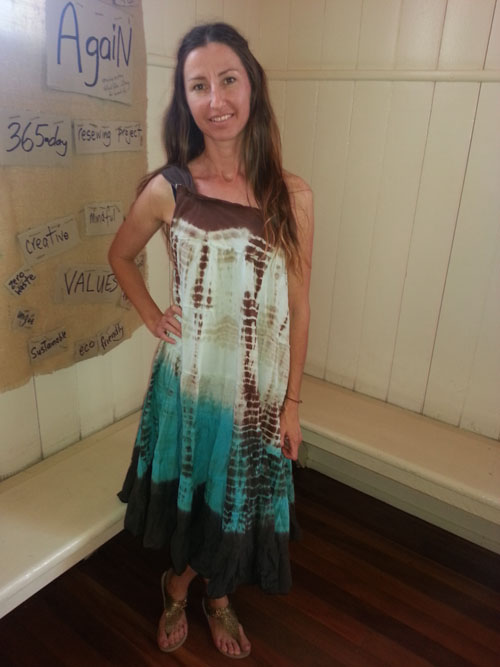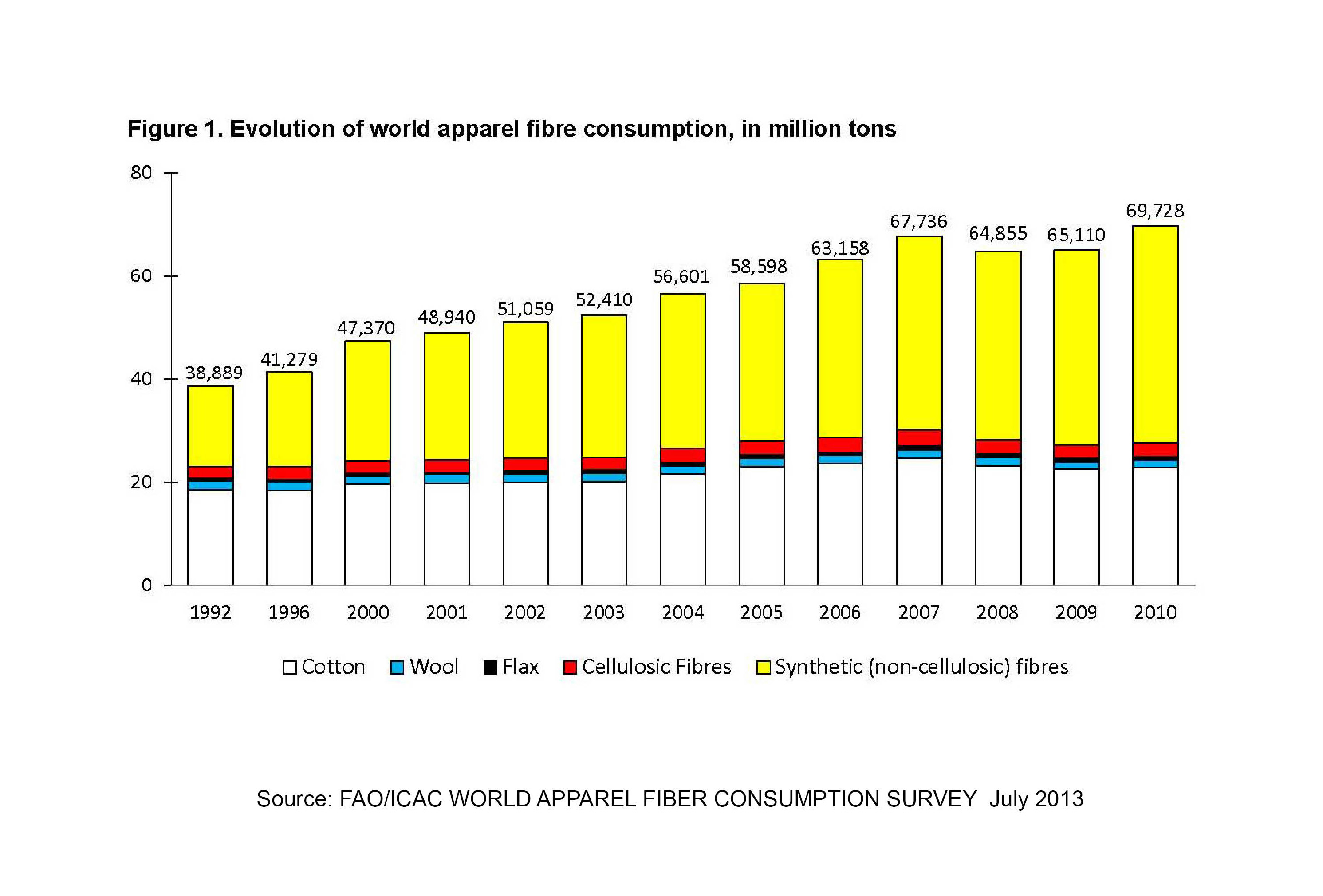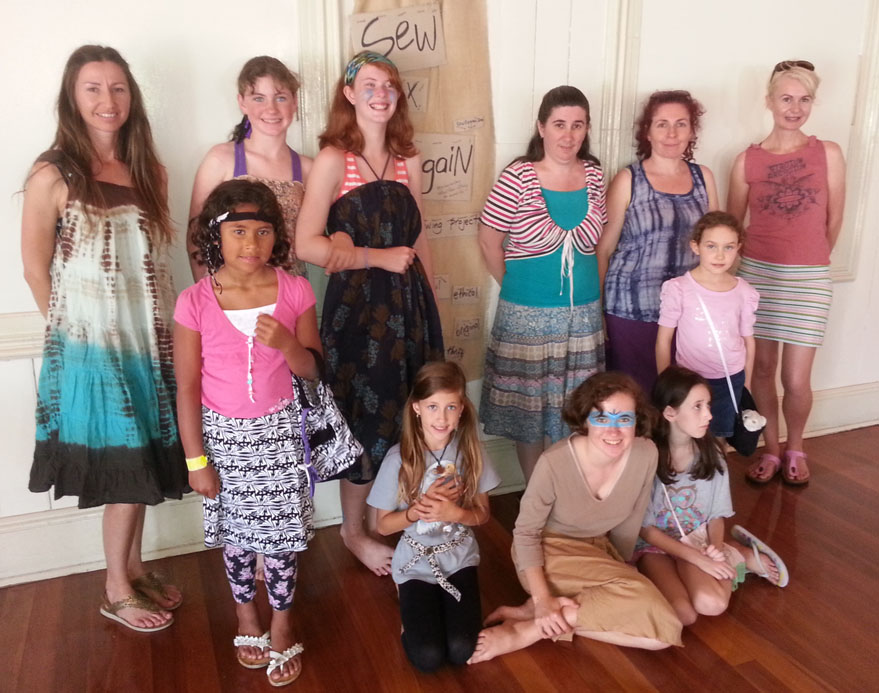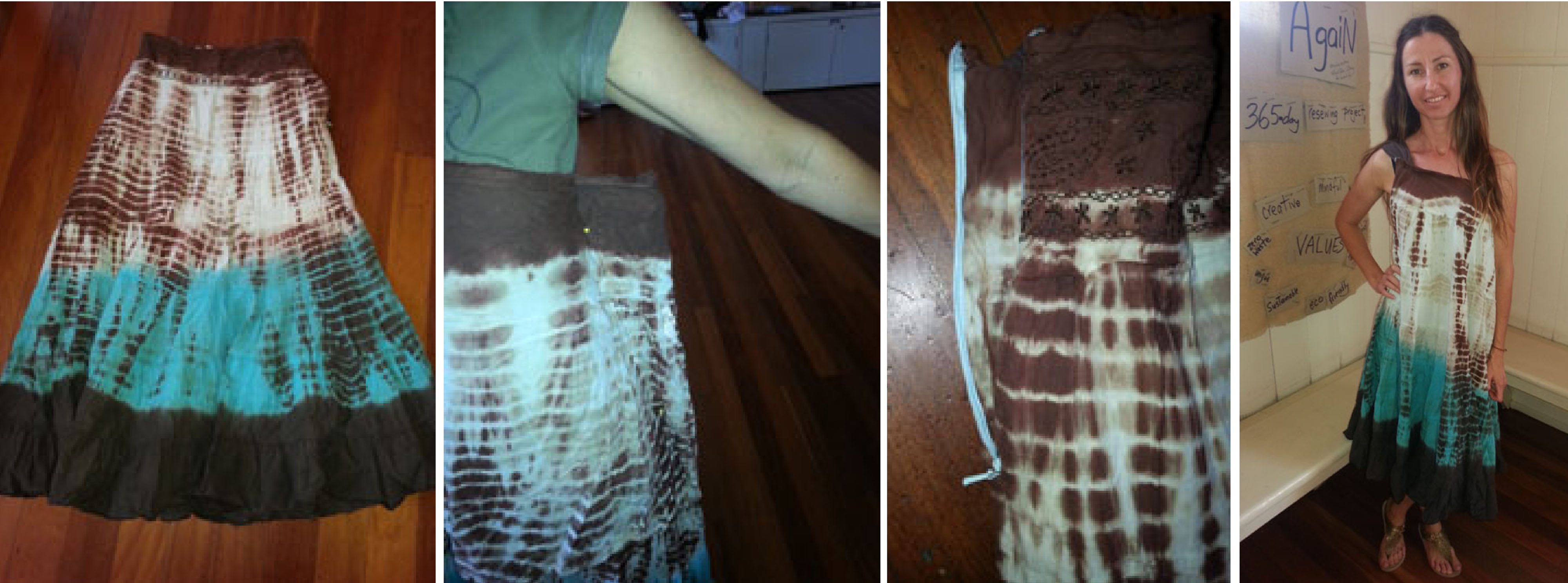My home city of Brisbane, Queensland, is in the final stages of planning to host the largest ever gathering of world leaders in Australia’s history with The G20. Australian Prime Minister Tony Abbott said this year’s focus will be on building a stronger world economy – because economic growth means more jobs, higher living standards etc.
This is juxtaposed against the latest report by the Intergovernmental Panel on Climate Change (IPCC) which says human influence on the climate system is clear and growing, with impacts observed on all continents. The latest report says continued emissions of greenhouse gases will cause further warming and long-lasting changes in all components of the climate system, increasing the likelihood of widespread and profound impacts affecting all levels of society and the natural world.
Climate change is not on the G20 agenda. Despite the fact that there’s a link between continued economic growth (read consumption) and emission of greenhouse gases, particularly in Australia where coal is our second-largest export earner and underpins our economy.
These are big-picture issues, beyond the remit of the individual, but we need to remember that individual choices have collective impact. Consider the Food and Agriculture Organisation’s world apparel fibre consumption diagram below, which shows the collective impact of our clothing purchasing choices.
Two thirds of apparel fibre consumption (ie clothing) is synthetic fibres, made from non-renewable resources such as petroleum, coal and gas.
 This long-term global trend in clothing consumption is why I now find myself spending every day this year writing about and refashioning natural-fibre garments that already exist in the world – instead of buying new.
This long-term global trend in clothing consumption is why I now find myself spending every day this year writing about and refashioning natural-fibre garments that already exist in the world – instead of buying new.
Many shun the refuse, reduce, reuse, refashion message – and others remember that from little things, big things grow (Paul Kelly told us so).
The refashion message met a receptive audience with home-schooling parents at last week’s Textile Beat workshop, see group photo below. Today’s upcycle is by Mila – who took a long hippy skirt and turned it into a simple summer dress by using the existing zip opening as an armhole secured with a shoulder strap made from a T-shirt offcut pinned either side of the open zip. She used a sewing machine to take-in the other side of the skirt so it fit her comfortably under the arm (see photos at bottom). This is a cool solution for a gorgeous cotton skirt that was dated and unworn in its existing style, but easily refashioned.
This 365-day Sew it Again project is all about rescuing natural-fibre clothing from opshops or cast-off by friends, and then using your imagination and a few sewing skills to modify it to suit yourself – rather than joining the high-consumption newer, brighter bandwagon which is supposedly ‘better’ for the economy. And it is exciting to see a Refashion Day is on the calendar at Somerset House in London – its part of a growing REfashion revolution!


